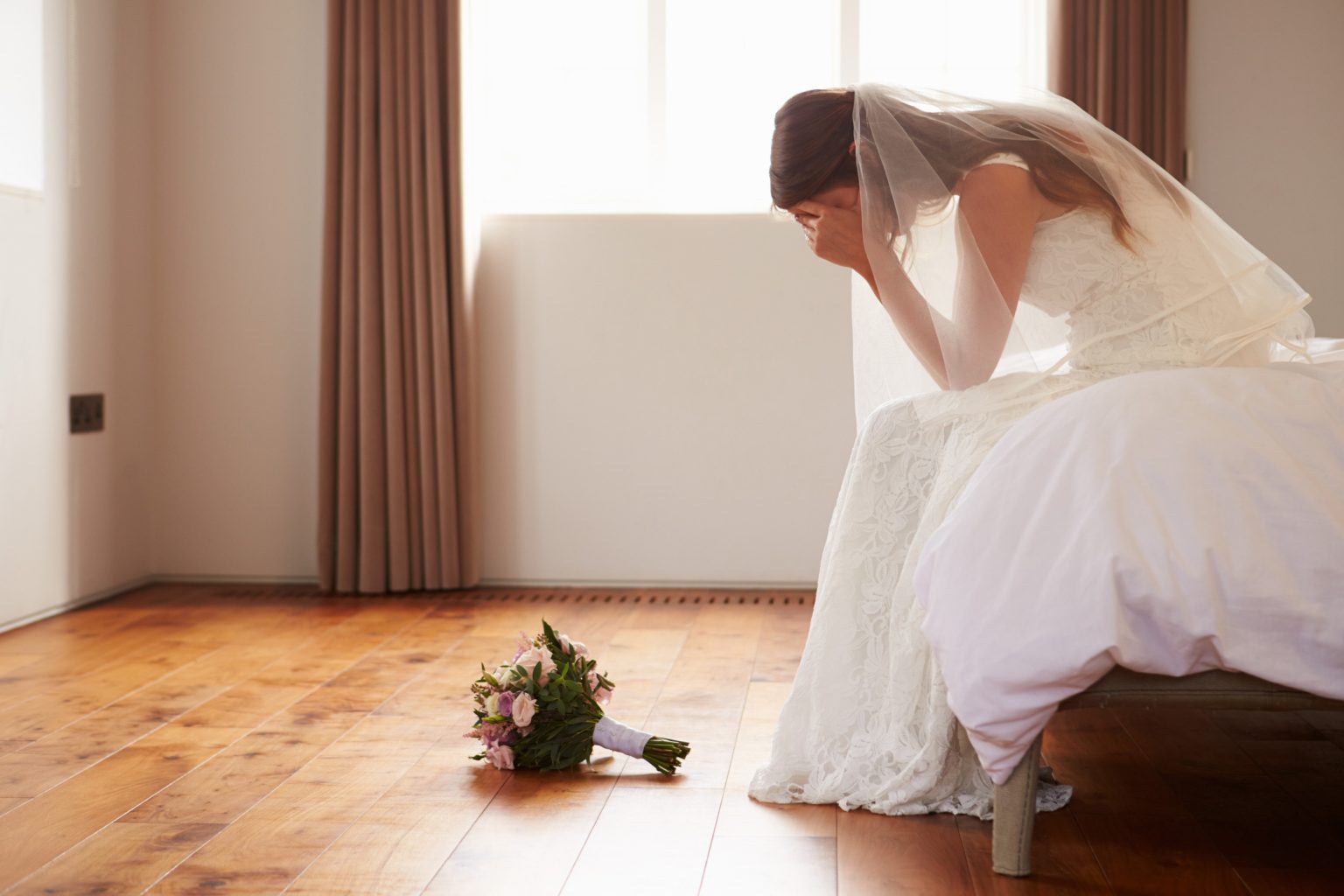The sanctity of white at weddings has been a long-held tradition, symbolizing the purity and joy of the occasion, and reserved exclusively for the bride. However, a recent Reddit post by a newlywed has ignited a debate about whether this time-honored custom is fading into obsolescence. The bride, posting under the username Visual_Ad_158, expressed her surprise and confusion after discovering, through post-wedding photographs, that several guests had donned white or cream-colored attire, including her mother-in-law who wore a full-length white gown. While the bride admitted to not noticing the infractions during the celebration itself, the photographic evidence sparked a wave of internal debate about the evolving landscape of wedding etiquette. She questioned whether her adherence to traditional norms was outdated or if a genuine shift in societal expectations had occurred, prompting her to seek opinions online.
The Reddit community responded with a resounding affirmation of the enduring taboo against guests wearing white to weddings. The overwhelming majority of commenters expressed their disapproval, labeling the guests’ choices as “tacky” and inappropriate. Many offered support to the bride, validating her feelings and reinforcing the notion that wearing white remains a significant breach of wedding etiquette. Some even suggested creative solutions, such as digitally altering the offending garments in the photos, to mitigate the bride’s distress. This outpouring of support highlighted the persistent significance of traditional wedding customs for many, despite the perceived relaxation of other formalities in modern celebrations.
While the dominant narrative condemned the guests’ attire choices, a minority of voices suggested that the bride’s expectations might be misaligned with contemporary trends. They posited that the guests, perhaps uninformed of the couple’s preference against white attire, might not have intended any disrespect. The absence of explicit communication, either verbally or through the wedding website’s dress code guidelines, could have contributed to the misunderstanding. This perspective raises the question of whether the responsibility for upholding traditions lies solely with the guests or if clear communication from the couple is equally crucial in navigating the evolving landscape of wedding etiquette.
Wedding industry experts and etiquette authorities overwhelmingly concur with the traditional stance against guests wearing white. Prominent wedding planner Lindsay Landman cautions against any shade that could be mistaken for bridal white, including ivory, champagne, and pale blush. This expert advice underscores the enduring sensitivity surrounding white attire at weddings and the potential for even subtle deviations to be interpreted as disrespectful or attention-seeking. Wedding Shoppe Inc. reinforces this perspective, listing “Do Not Wear White” as a cardinal rule for wedding guests, emphasizing the importance of respecting the bride’s prerogative on her special day.
The bride’s online query taps into a broader conversation about the shifting sands of wedding traditions. While some argue that modern weddings are becoming less formal and rigid, with a greater emphasis on personalization and individual expression, the incident highlights the enduring relevance of certain customs. The bride’s observation that multiple guests wore white, seemingly unaware of the transgression, suggests a potential disconnect between evolving societal norms and established etiquette. This raises the question of whether such instances represent a genuine shift in acceptable attire or simply a lack of awareness regarding traditional expectations.
The bride’s experience, and the subsequent online discussion, underscores the complex interplay between tradition and modernity in contemporary weddings. While the overwhelming consensus condemns wearing white as a guest, the emergence of dissenting opinions suggests a nuanced and evolving landscape. The incident serves as a reminder of the importance of clear communication between couples and their guests regarding dress code expectations, especially when navigating the often-uncharted waters of modern wedding etiquette. The bride’s personal reflection on her own cautious approach to wedding attire further emphasizes the enduring influence of tradition, even as individual interpretations and societal norms continue to evolve.

